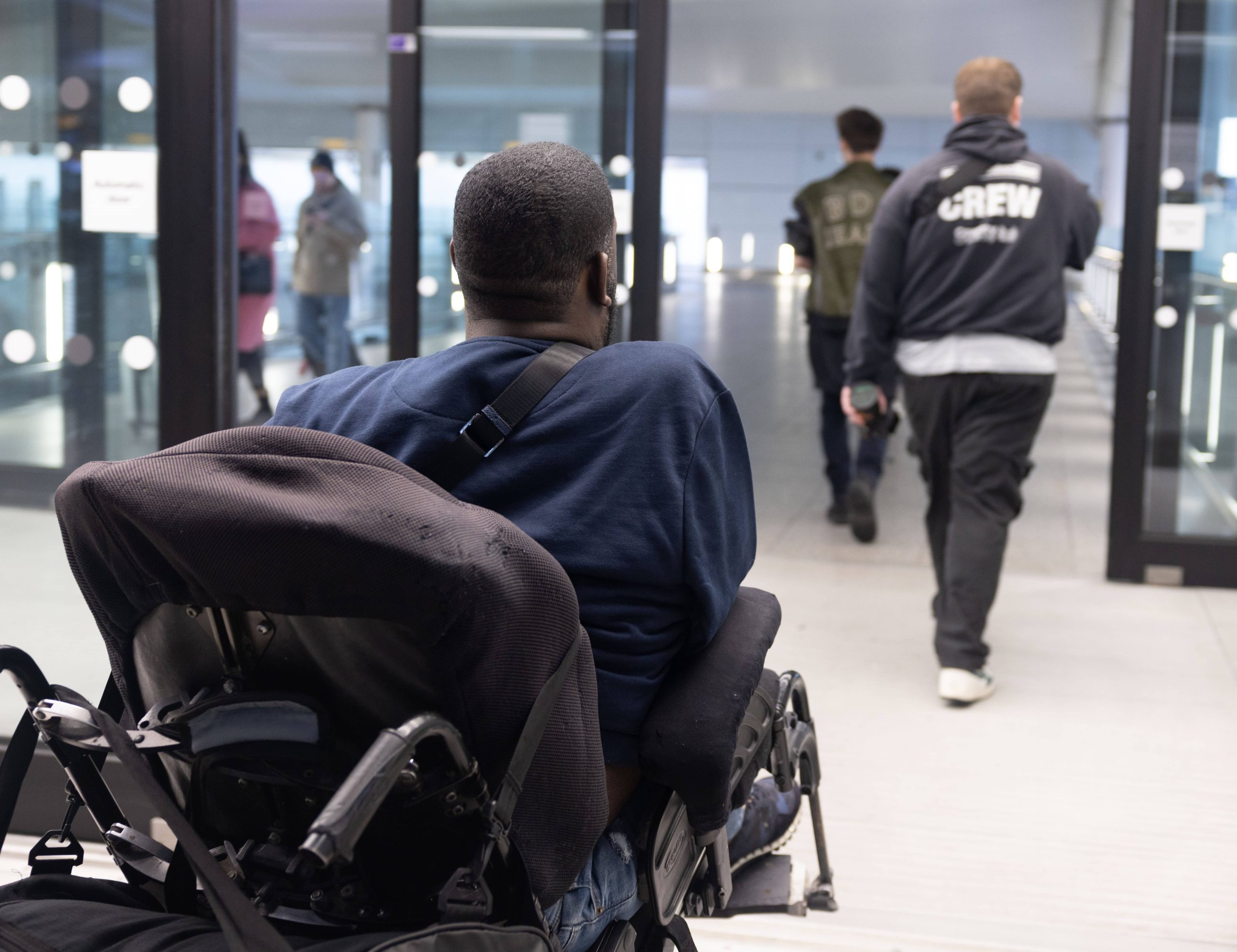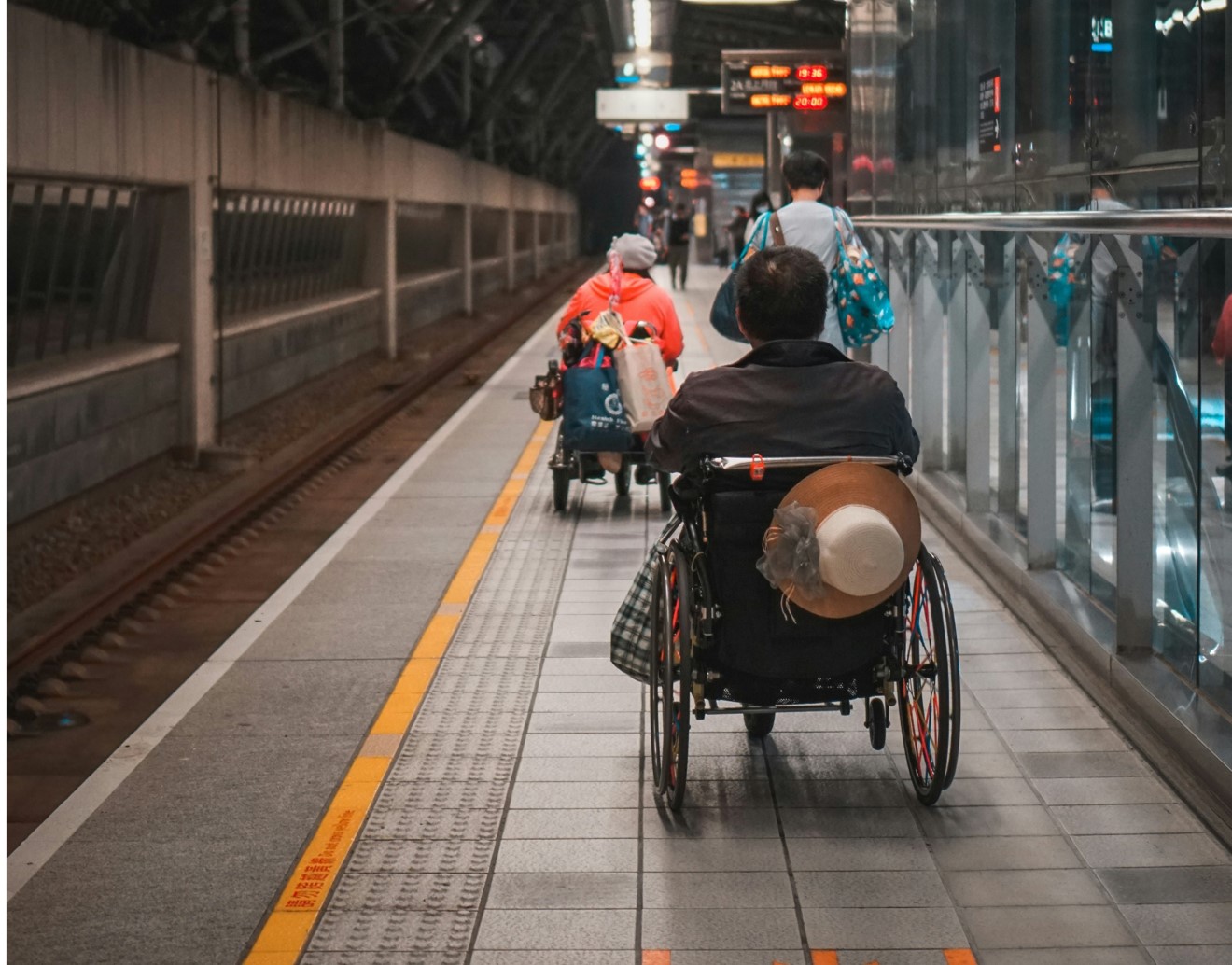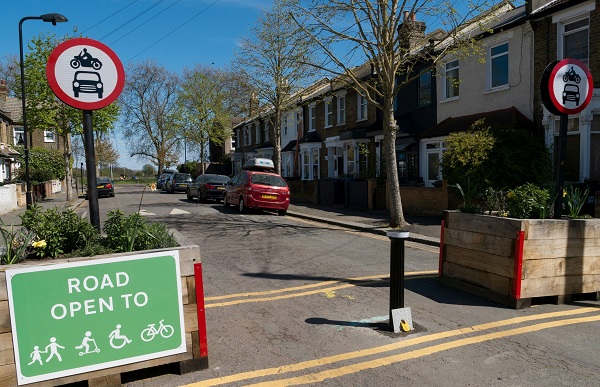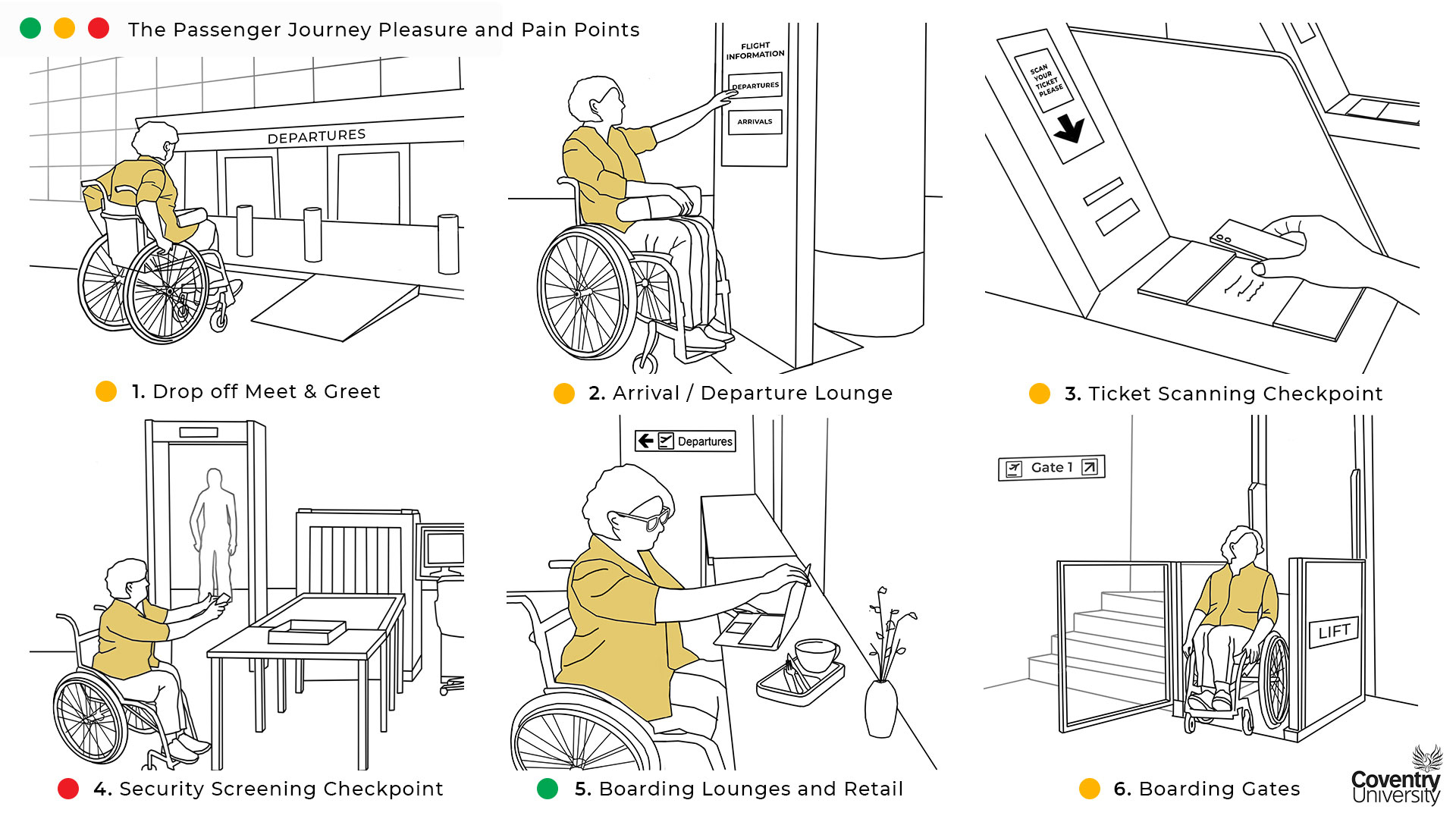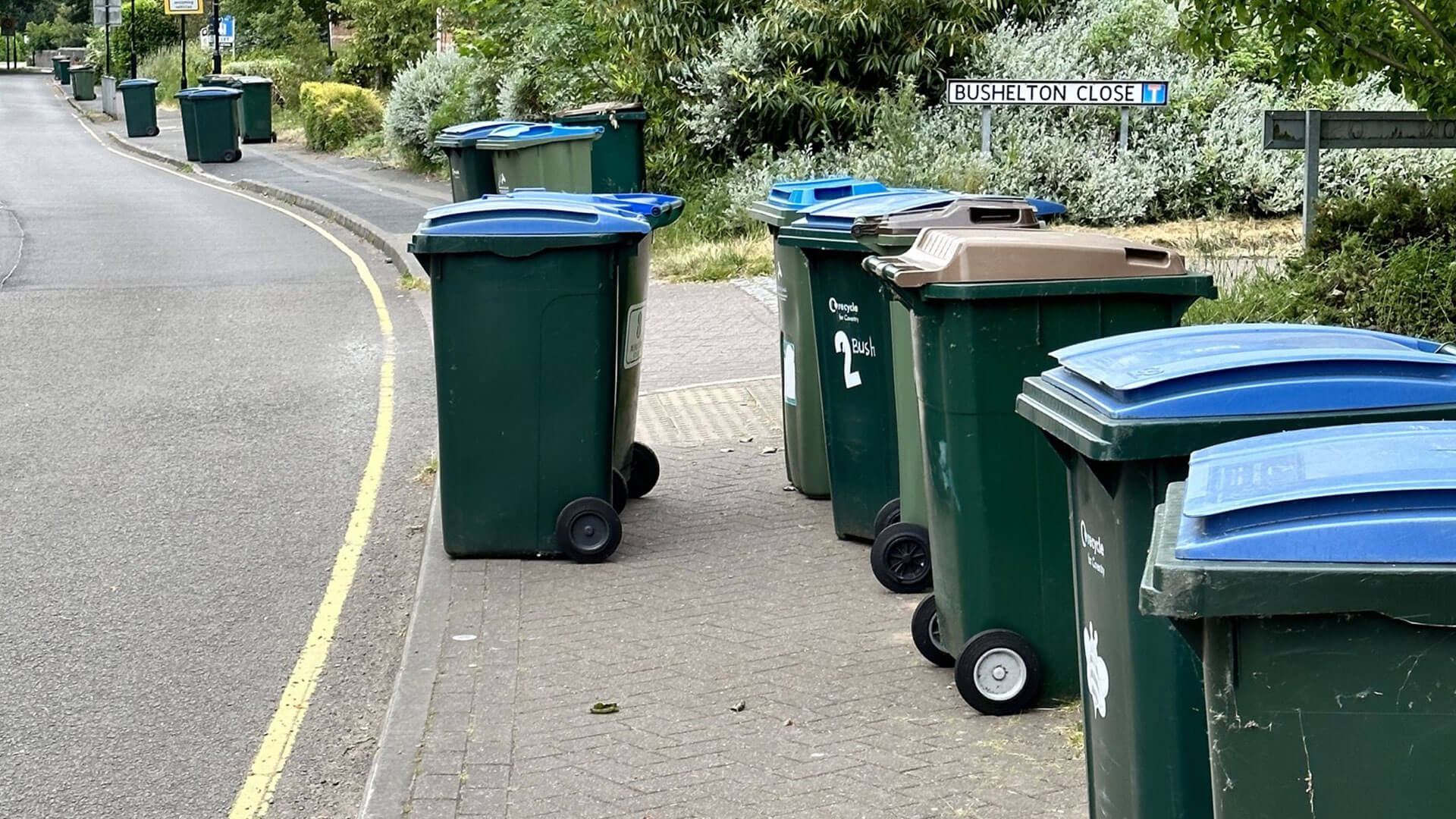ncat is a seven year programme of work, with the core strategy to make future transport accessible for all. The set-up of the Centre is its first delivery action. The future direction of the core of ncat’s work will be kick-started by research and engagement projects undertaken in the first 9 to 18 months.
Projects undertaken in this initial set-up phase will underpin and feed into the wider research agenda, as identified by engagement with disabled people through the CAT Panel transport professionals, disabled people’s organisations and policy makers.
